There’s no question, a good racket outperforms a subpar one. However, finding the best badminton racket can be overwhelming, considering the hundreds if not thousands of rackets out there. Furthermore, it is easy to fall prey to the marketing material from racket manufacturers – claiming how powerful, how fast, and how precise a racket is.
To help you pick one, I created the following table, listing the key specifications of a badminton racket that matter – balance, stiffness, weight, among others. Sort the table based on your specification priority and locate the racket that best meets your skill level.
If you need a straightforward answer on the best badminton racket, no worries, see my picks below the table.
Best badminton racket for advanced player
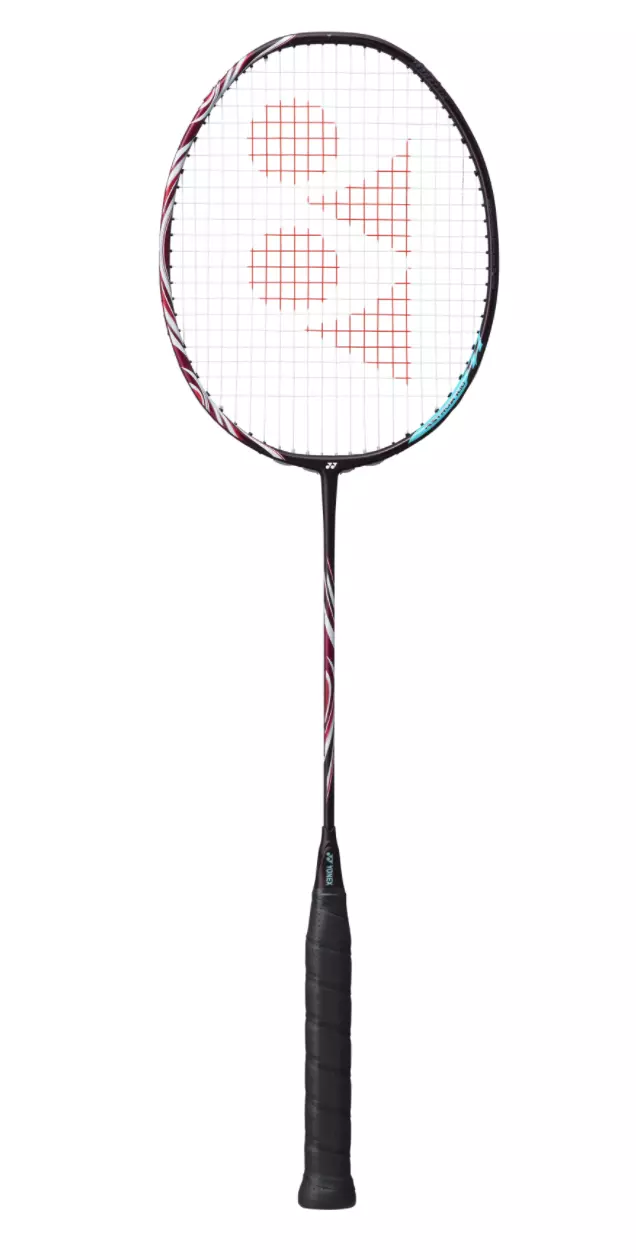
Yonex Astrox 100ZZ
Ideal for single’s player who is very agile and has the right body mechanics to impart power into the racket.
Why this racket is for you:
- Head heavy frame, generates powerful smashes
- Very stiff for precise control i.e. dominate your drop shots.
- Uses the latest generation in material science, for consistent racket performance.
Cons:
- If you are not athletic or in good form, you can injure yourself.
- Not ideal for fast drives, i.e. it is a good racket for singles play.
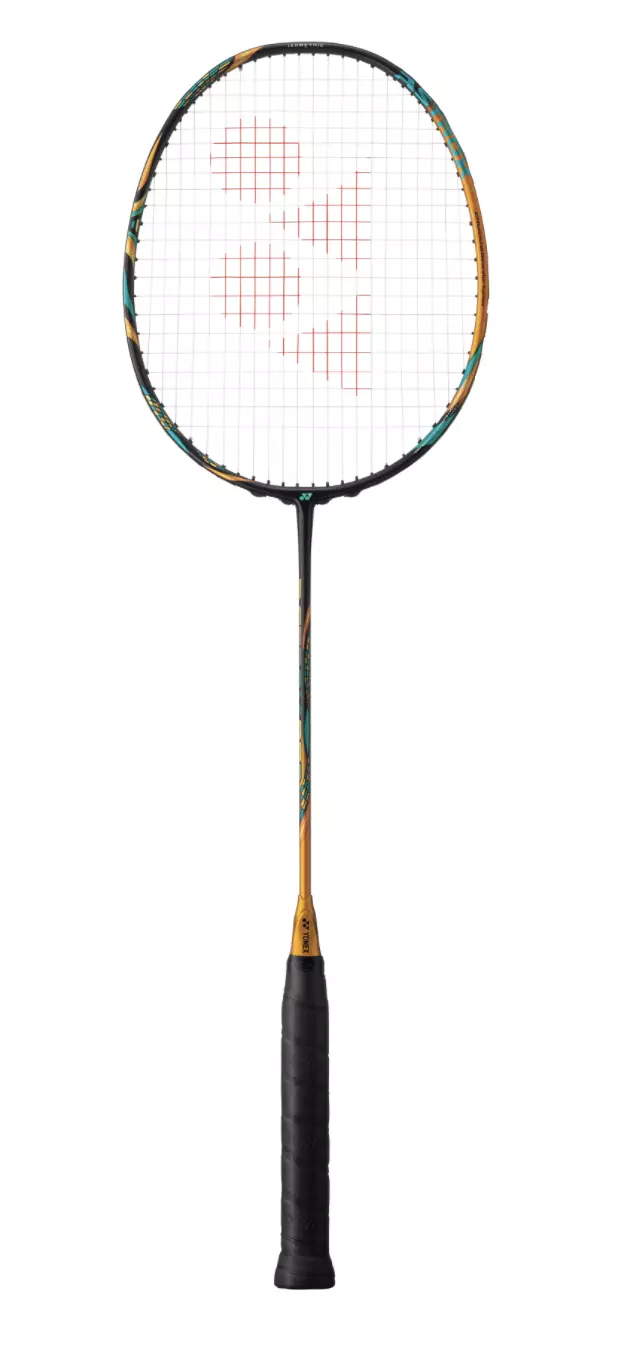
Yonex Astrox 88D Pro
Pros:
- Slightly head heavy, but will generate good smashes.
- Ideal for a doubles player, for fast drives.
- Stiff enough for precise control.
- It is less taxing on your arms if used incorrectly.
Cons:
- None
Best badminton racket for intermediate player

Yonex Nanoflare 700
Pros:
- Headlight racket, easy to pickup and play.
- Medium flexibility enables a weak player to generate decent smashes. The extra flex will create the whipping action.
- Ideal racket for people with elbow or shoulder issues.
Cons:
- Headlight nature will decrease your ability to clear, forehand or backhand.
- Poor control due to the flexible frame.
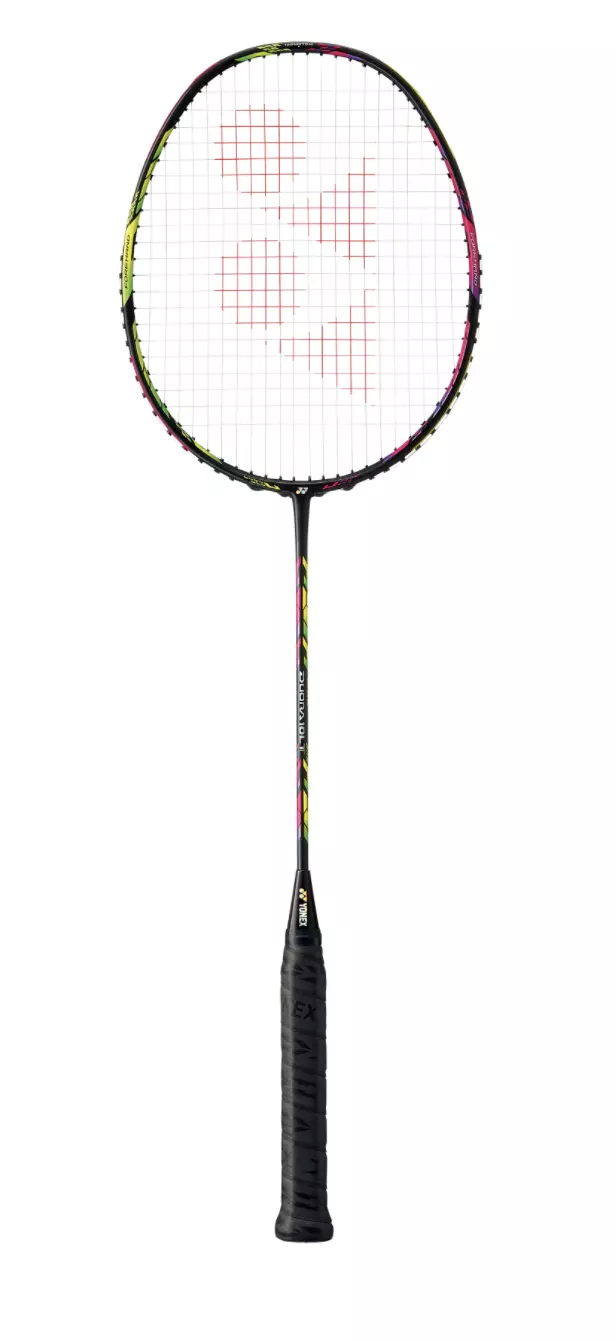
Yonex Duora 10LT
Pros:
- Even balanced racket that generates better smashes, compared to a headlight like Nanoflare 700.
- Duora’s are typically 3U (85g) racket and are taxing on your arm. However this LT version is light weight and ideal for intermediate players.
- Stiff shaft helps with control.
Cons:
- The frame stiffness combined with head heavy construction, requires focus from the player to maintain good body mechanics.

Yonex Astrox 77
Although this is one of the older Astrox series rackets, it is still used by elite players. The 2020 (2021) Tokyo Olympics gold medalist, Chen Yu Fei was wielding this racket in her finals with Tai Tsu Ying.
Pros:
- Slightly head heavy, but will generate good smashes.
- It is less taxing on your arms if used incorrectly.
Cons:
- Medium flexibility will make it difficult to control the shuttlecock.
Best badminton racket for beginner

Yonex Arcsaber FD
Pros:
- With a 5U weight, it’s the easiest racket to maneuver.
- Helps the beginner player to learn the correct form.
- Stiff shaft helps with control.
Cons:
- The extremely light weight won’t help long term. Once the player has learnt the technique, they can move on to a slightly heavier racket, to generate powerful smashes.
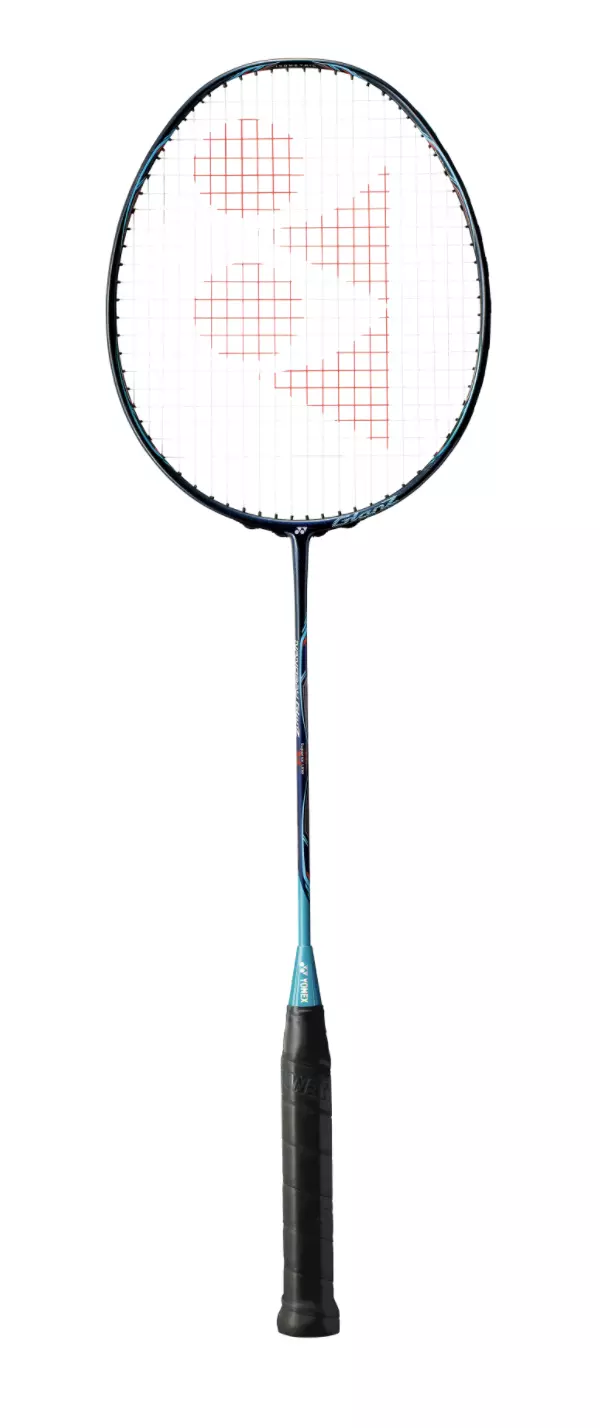
Yonex Nanoray 10F
The Nanoray series has the best rackets for beginners. They are typically headlight and flexible rackets.
Pros:
- With a head-light frame, it is easy to maneuver
- Highly flexible shaft helps with smashes
Cons:
- The light weight and flexible frame won’t help long term. Once the player has learnt the technique, they can move on to a even balanced or head heavy racket with stiff frame, to generate powerful smashes and clears.
Understanding Badminton Racket Characteristics

The three overarching metrics of a badminton racket are
- How fast can it move. The speed depends on the racket weight.
- How much power can it generate. The power generated depends on the racket balance and the racket weight.
- How stiff can it stay as the racket moves through the air, giving you more control.
External factors affecting racket performance are string tension and body mechanics.
- Tight strings gives you more shuttlecock control.
- Good body mechanics lets you transfer more power into your shots.
Weight
| Weight Code | Average Weight (in grams) |
|---|---|
| 3F | 63g |
| 2F | 68g |
| F | 73g |
| 5U | 78g |
| 4U | 83g |
| 3U | 88g |
| 2U | 93g |
| U | 105g and below |
With respect to weight, the heavier the racket, the sluggish its movement. This is not a bad trait for a singles player. Heavy rackets like (3U or 2U) generate more power from a shot. With good strength training and practice (to develop muscle memory), a player can wield a heavy racket.
On the flip side, a heavy racket is not ideal for a doubles game considering the blazing fast nature of the play.
Balance
In addition to how heavy a racket is, how this weight gets distributed along the racket length affects its performance. Broadly, the racket balance falls under three (3) categories.
A head heavy racket functions like a hammer, generating powerful smashes. But you trade off speed. The vice-versa is true for head light racket. You can go with an even balanced racket in the Duora series, to get the best of both worlds. But keep in mind, Duora’s are predominantly 3U heavy rackets. So, if you are an intermediate player, make sure to get a lighter 4U racket like the the Duora 10LT, mentioned above.
Stiffness
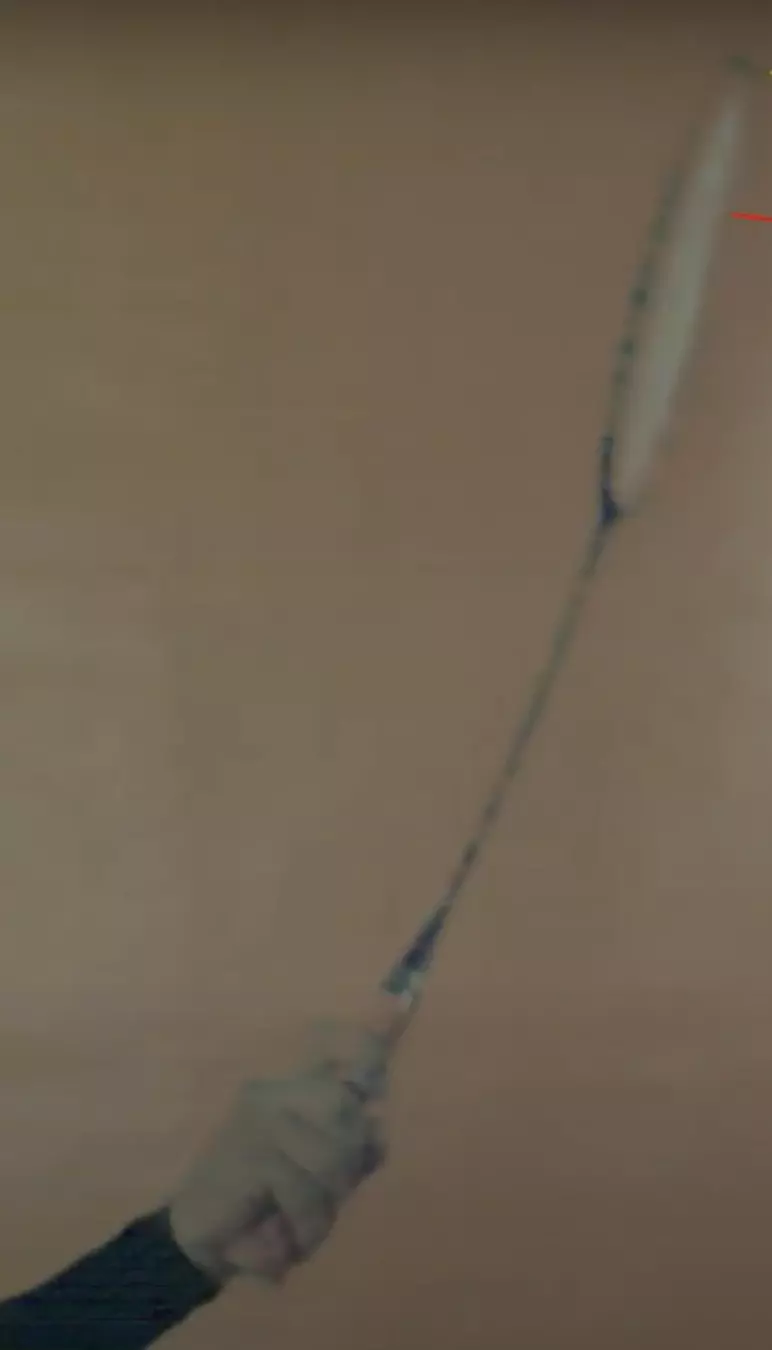
A racket bends out of shape when it is swung very hard. If you contact the shuttle when it’s out of shape, the shuttle will take-off in the wrong direction. This is why advanced players pick stiff rackets, like the Yonex Astrox 100ZZ. These rackets de-form and whip back into shape fast enough to strike the shuttlecock with immense power and accuracy.
For intermediate players, who cannot generate sufficient power in their swing, a flexible frame works just fine.
Available stiffnesses from Yonex: Extra stiff, stiff, medium flexibility, high flexibility.
Final Thoughts
Buying a badminton racket can be an expensive affair. Knowing your skillset is critical. Once you figure out your strengths and weaknesses, you can pick a racket from the suggested ones listed above.
